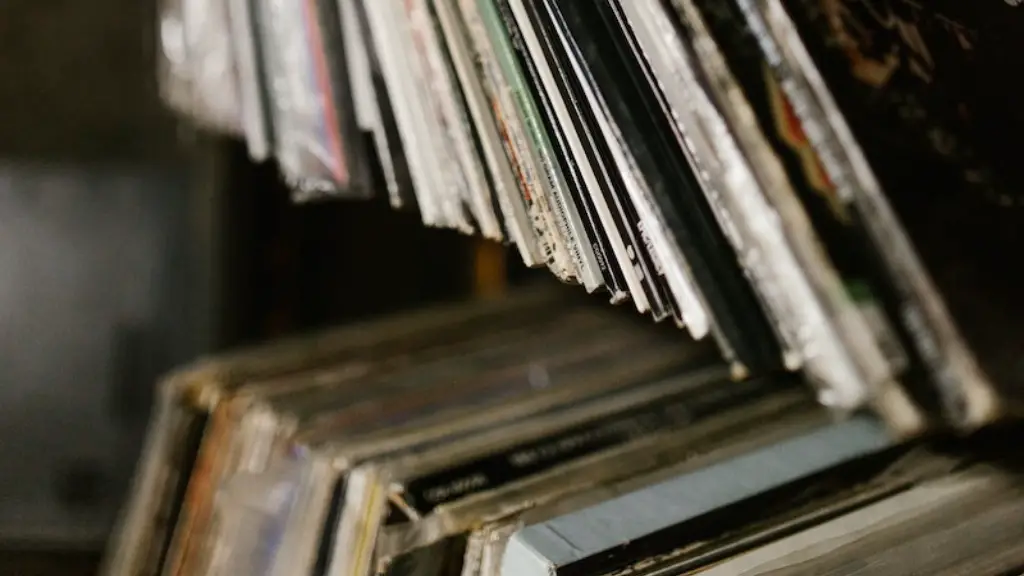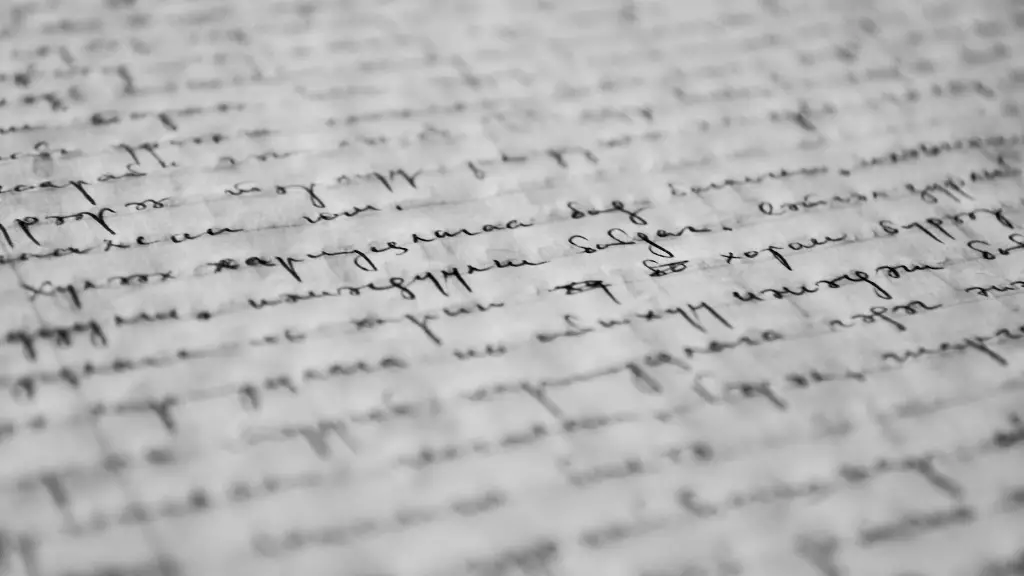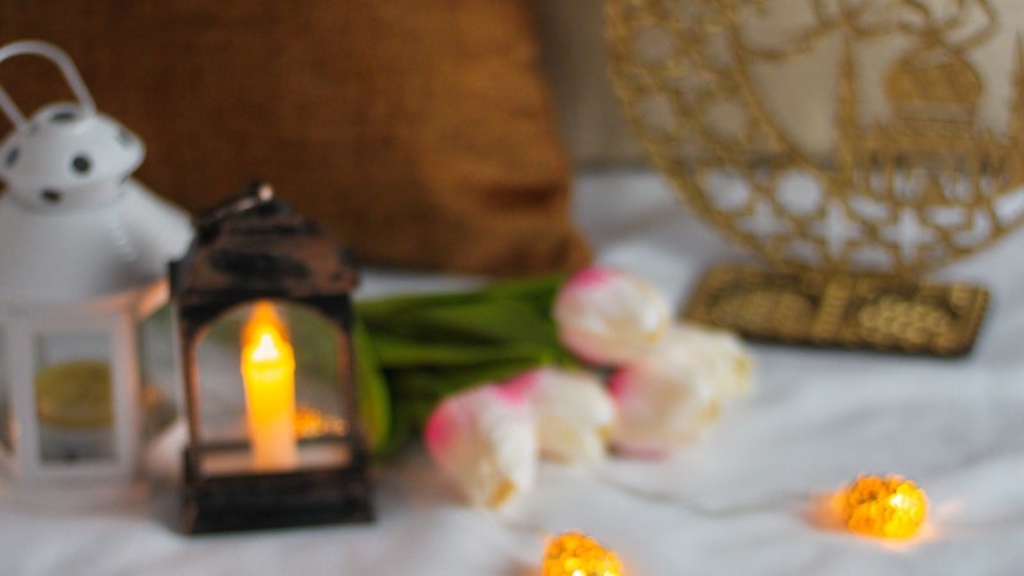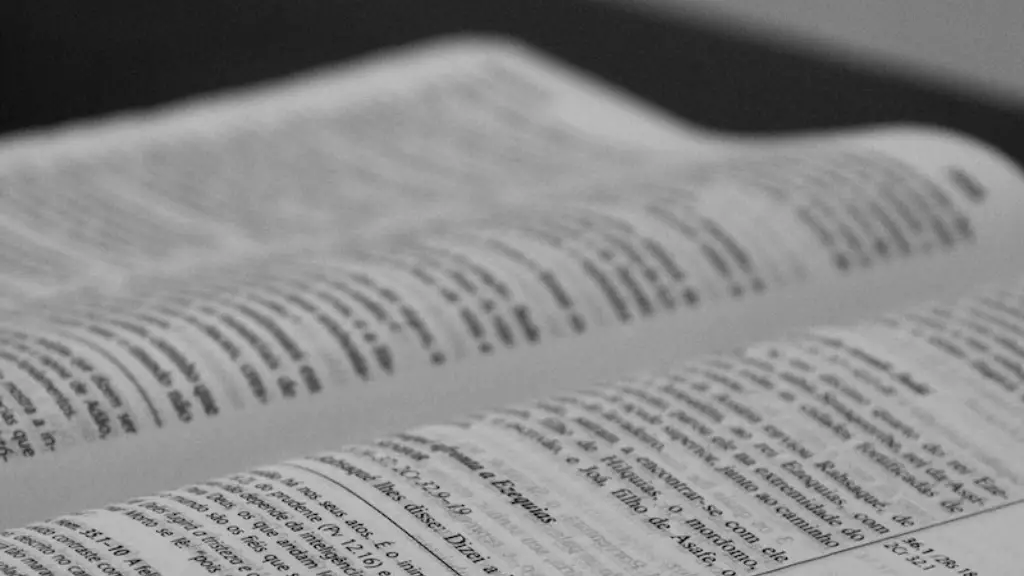Introduction
Poetry is a form of art that encompasses the expression of emotions, thoughts, and ideas using the written word. It is a way for people to express themselves in creative and meaningful ways. As with any other form of creative expression, there are various elements and techniques used to create a poem, some of which are known as “poetry devices”. Poetry devices are strategies used to modify the meaning or sound of words, phrases, sentences, and even entire poems to create certain effects. These devices can be used consciously or unconsciously and can be found in all genres of poetry, from ancient to contemporary writings. In this article, we will explore the various poetry devices and how they can be used to create unique and powerful poems.
Rhyme and Alliteration
Rhyme is often used to create a musical sound in a poem. It is the repetition of similar-sounding syllables near the end of two or more lines. This repetition can make the poem more enjoyable to read aloud and can help readers to easily remember the words. Alliteration is a type of rhyme in which the words share the same beginning sound. For example, “the wispy wand of winter” is alliterative. Both rhyme and alliteration can be used to create a more powerful poem, as the sounds draw the reader in and make it easier for them to remember the words. In addition, the use of rhyme and alliteration can help to emphasize certain words and ideas.
Metaphor and Simile
Metaphor and simile are two poetry devices used to create vivid images or metaphors in the reader’s mind. Metaphors are figures of speech that directly compare one object or idea to another, and are often used to create an image or feeling in the reader. For example, “This city is a prison” is a metaphor. Similes are indirect comparison between one object or idea to another, which is often done with the words “like” or “as”. For instance, “The stars are like diamonds in the night sky” is a simile. Metaphors and similes are used in poetry to create vivid mental images and allow the reader to connect with the poem on a deeper level.
Personification
Personification is the act of attributing human characteristics to inanimate objects, animals, or ideas. For example, “The wind screams in protest” is an example of personification. By using this device, the poet is able to create a vivid image for the reader and allow them to gain a better understanding of the poem. Personification is often used to create a more dynamic and interesting poem, as it allows the reader to connect with the abstract ideas and concepts.
Figurative Language
Figurative language is a type of poetic device that goes beyond the literal meaning of words in order to create a more vivid picture. Examples of figurative language include imagery, hyperbole, paradox, irony, and allegory. In figurative language, a poet will use figurative words or phrases which do not have a literal meaning so that the reader is able to experience the poem on a deeper level. For instance, “The river of thoughts in her mind runs deep” is an example of figurative language. By using figurative language, the poet is able to create a more vivid and dramatic poem.
Repetition
Repetition is a device used to emphasize an idea or phrase by repeating the same word or phrase multiple times. Repetition can be used to create a sense of rhythm or to draw attention to particular words or ideas. It can also be used to emphasize a point or to create a feeling of closure. Repetition can be used in both the body of a poem as well as at the end, to provide the reader with a sense of closure. By using repetition, the poet can create a more dynamic and powerful poem.
Rhythm and Meter
Rhythm and meter are two types of poetic devices that are used to create a certain kind of sound in a poem. Rhythm is the pattern of sound created by a certain arrangement of words, while meter is the pattern of stressed and unstressed syllables. Both rhythm and meter can be used to create a certain sound in the poem, which can be used to emphasize certain words or ideas and enhance the overall effect of the poem. By using various musical elements, a poet is able to create a more enjoyable reading experience for the reader.
The Use of Poetry Devices for Effectiveness
The use of poetry devices can be a powerful tool for creating effective and meaningful poetry. By using the various devices discussed above, the poet is able to create an effect on the reader which can help to engage them and draw them into the poem. In addition, the use of these devices can help to emphasize certain words, ideas, and images, making the poem more powerful and enjoyable to read. Ultimately, the use of these devices can help to create a more meaningful and powerful poem.
Unique Uses of Poetry Devices
Poetry devices can be used for more than just creating a certain effect in the reader. They can also be used to create more complicated and sophisticated poems. For instance, a poet may use devices such as alliteration, metaphor, and personification to create a more complex poem, generating more vivid mental images and conveying more intricate ideas. By using these various devices in creative ways, the poet can create a more powerful and enjoyable poem.
The Impact of Poetry Devices on the Poem
The use of poetry devices can have a significant impact on a poem. By using certain devices to create a certain effect, the poet is able to create a powerful and engaging poem which can evoke certain emotions in the reader. In addition, the use of devices can add a certain level of complexity to the poem, helping to convey more intricate ideas and messages. Ultimately, the use of poetry devices can help to make a poem more effective and enjoyable to read.
Poetry Devices in Modern Poetry
Poetry devices are widely used in modern poetry, as poets strive to communicate their thoughts and feelings effectively. By using these various devices, modern poets are able to create an effect on the reader which is often more powerful and engaging. In addition, the use of devices can help to emphasize certain words and ideas, helping to create a more vivid and dynamic poem. Ultimately, the use of these devices can help to create a more meaningful and powerful poem.
Poetry Devices and Creative Writing
Poetry devices can be used for more than just creating a powerful poem. They can also be used in creative writing, allowing the writer to convey certain ideas, characters, or settings more effectively. Through the use of devices such as personification, metaphor, repetition, and simile, the writer is able to create a more vivid and engaging story. In addition, the use of these devices can add a certain level of complexity to the story, helping to convey more mysterious or emotional elements. Ultimately, the use of poetry devices can be a powerful tool for creative writers.
Impact of Poetry Devices on the Reader
The use of poetry devices can have a powerful impact on the reader. By using certain devices to create a certain effect, the poet is able to evoke certain emotions in the reader. This can be used to help the reader to connect with the poem on a deeper level. In addition, the use of devices can also be used to create a more meaningful and enjoyable reading experience. Through the use of devices such as imagery, metaphor, and personification, the poet is able to create a more vivid and dynamic story, engaging the reader and drawing them into the poem.



